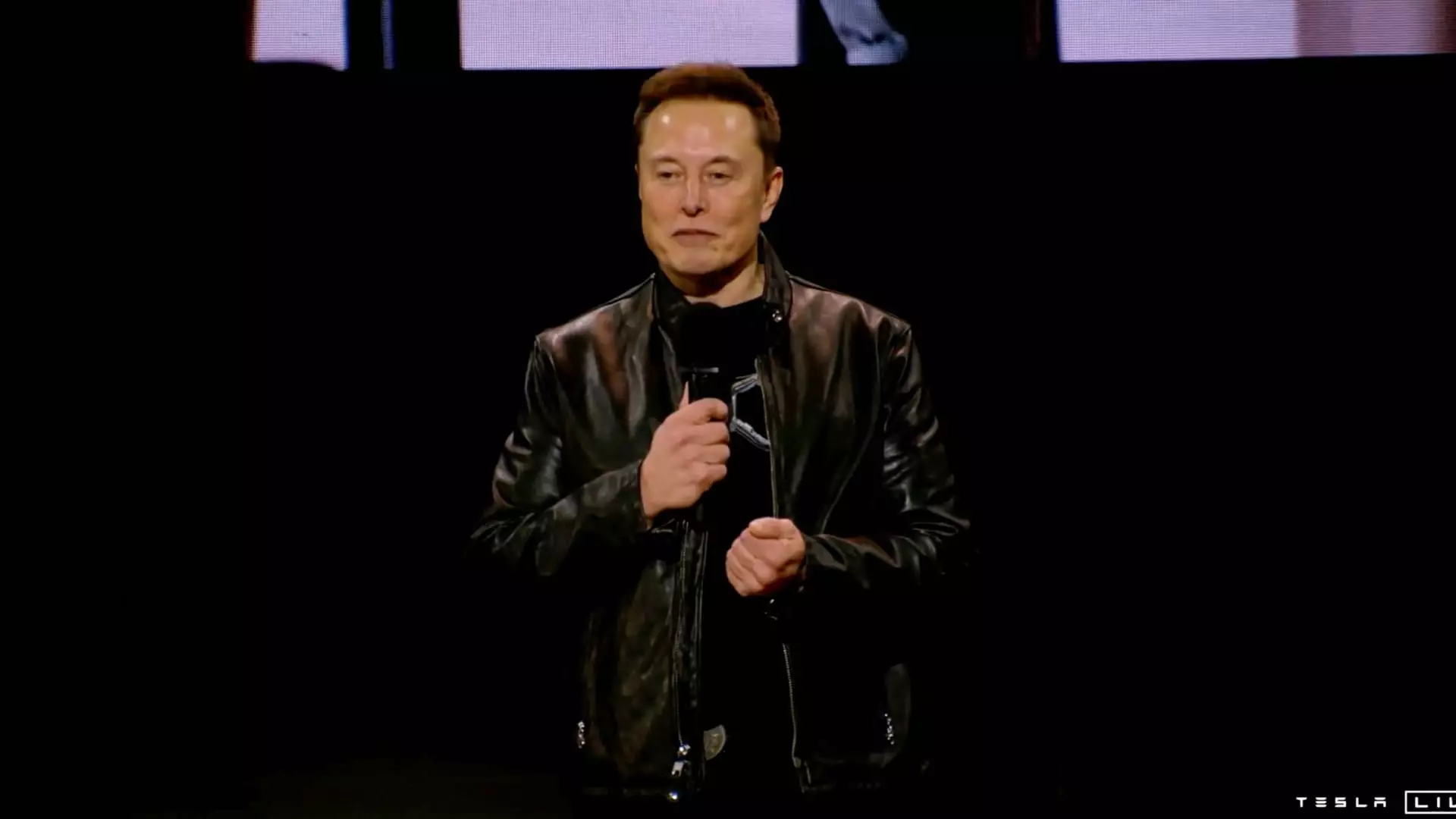In recent months, Tesla’s portrayal of its Full Self-Driving (FSD) technology has sparked significant controversy, drawing the attention of the National Highway Traffic Safety Administration (NHTSA). This controversy centers on Tesla’s social media strategy, particularly its suggestions that its vehicles operate autonomously. The implications of these assertions extend beyond marketing; they carry the potential for serious safety risks. The NHTSA has raised alarms, claiming that such messaging misleads consumers about the actual capabilities of Tesla’s vehicles, thereby putting lives in jeopardy when drivers misconstrue the system’s limitations.
Gregory Magno, head of the NHTSA, articulated these concerns in an email to Tesla’s board. He pointed out a clear contradiction between Tesla’s marketing communications and the fundamental principle that the driver must remain in control of the vehicle at all times. The NHTSA’s statement highlights a troubling trend where consumers might mistakenly believe they can rely on Tesla’s FSD for fully autonomous driving. This misinterpretation could lead to dangerous situations, especially if drivers neglect their responsibilities while under the impression that the vehicle is fully capable of independently managing complex driving scenarios.
The issue becomes even more pressing when examining specific instances that the NHTSA highlighted in Tesla’s online communications. Posts that exhibited disengaged driver behavior, including a video of a driver purportedly navigating to a hospital while suffering a heart attack, raise serious ethical and legal questions. If Tesla’s messages glamorize the use of FSD under circumstances that are hazardous—such as driving while fatigued or inebriated—this could encourage risky behaviors among drivers, undermining safety regulations and protocols. Additionally, with ongoing investigations into Tesla’s FSD system following serious collisions, the company finds itself at a critical juncture where the accountability of its marketing practices is in question.
The NHTSA has set a deadline of December 18 for Tesla to respond to its concerns, which includes a detailed request for information regarding the FSD technology and how it aligns with the capabilities being marketed. The consequences of non-compliance could be severe, with penalties reaching upwards of $135.8 million. Furthermore, the scrutiny does not just affect Tesla’s reputation; it could lead to increased regulatory oversight of the entire autonomous vehicle industry, creating a ripple effect that might alter how such technologies are developed and marketed.
In light of these developments, it is clear that Tesla’s approach to communicating the nature of its autonomous driving capabilities needs to evolve. As the landscape of vehicle technology changes, so too must the standards for informing consumers. The responsibility toward safe driving practices should not just be a regulatory checkbox but should be ingrained in the ethos of automotive innovation. Tesla has the opportunity to lead by example—balancing groundbreaking technology with an unwavering commitment to public safety.


Leave a Reply